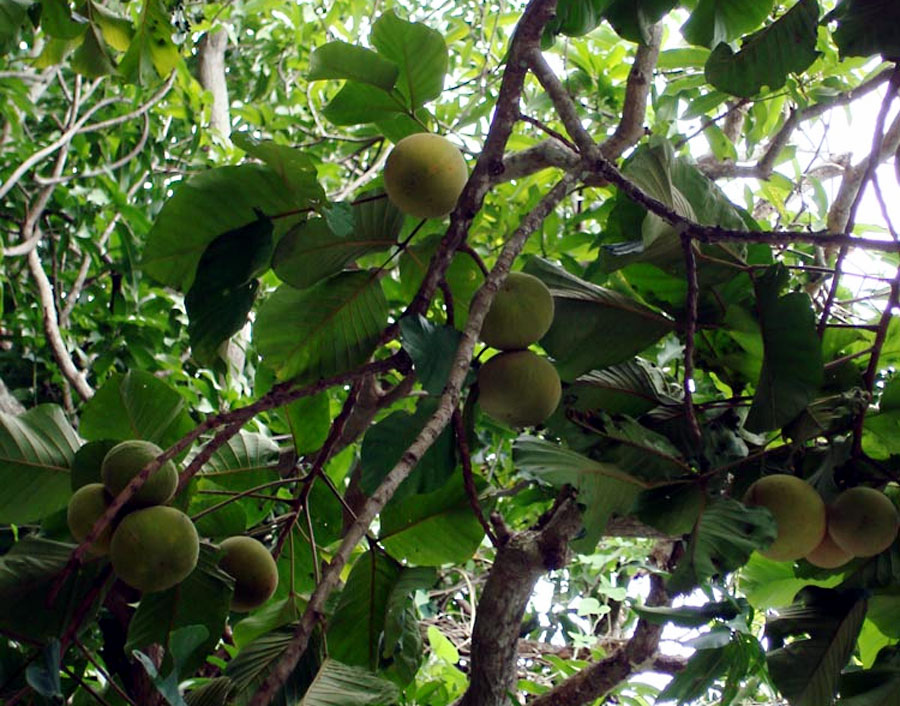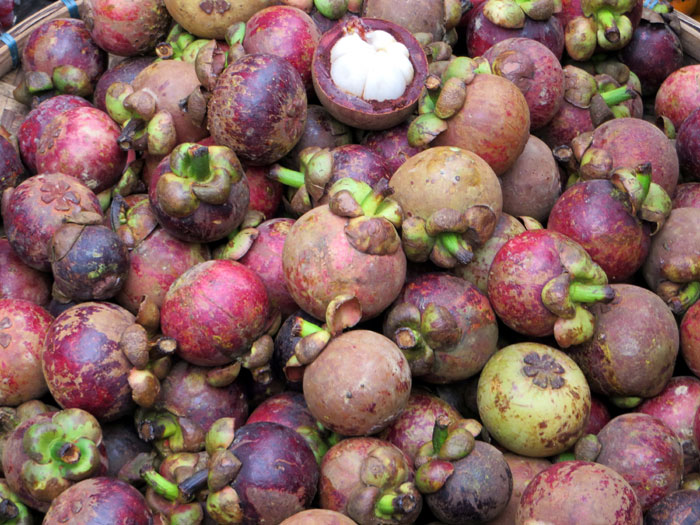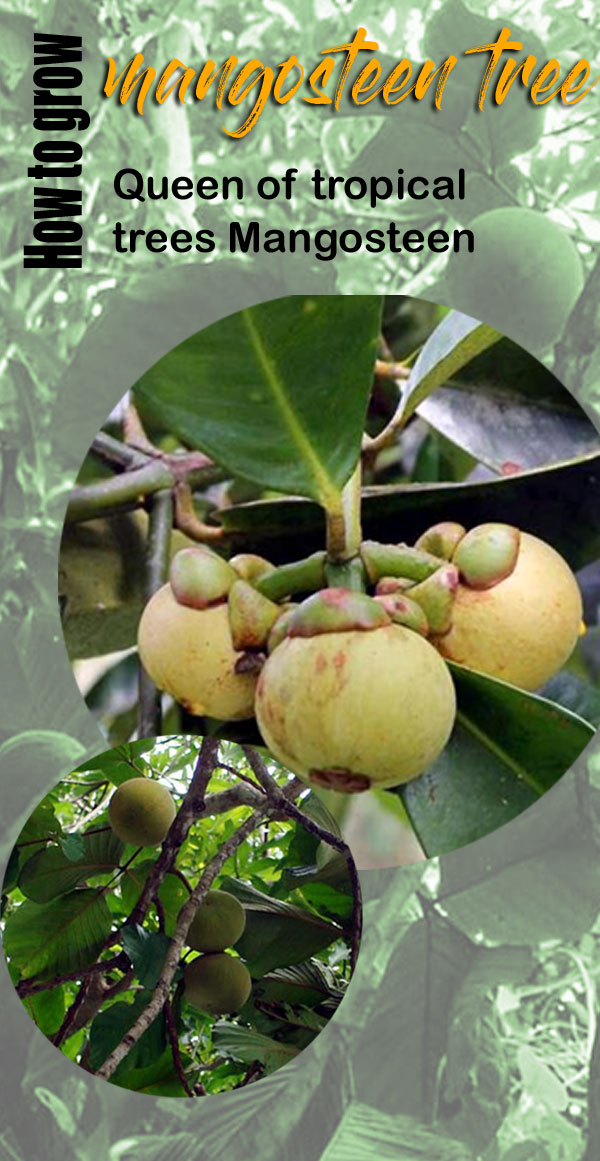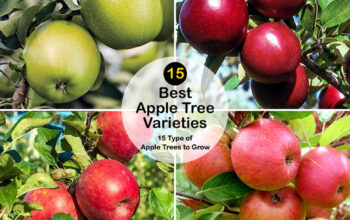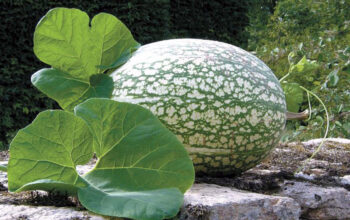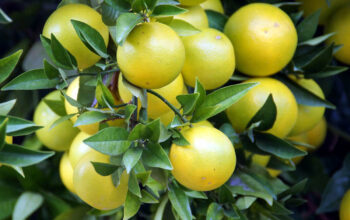Mangosteen trees (garcinia mangostana)
Also known as the purple mangosteen, it is inhabitant by island nations of Southeast Asia and Thailand. Garcinia mangostana is a tropical evergreen tree with safe-to-eat fruit. mangosteen plant grows up to 6 to 25 meters tall, and the fruit produced is sweet, juicy, tangy, and somewhat fibrous. Mangosteen can be used for urinary tract infections, diarrhea, menstrual disorders, cancer, etc. It is also used to stimulate mental health and the immune system. know about the Health Benefits of the Mangosteen plant.
Overview Mangosteen Plant
Scientific name Garcinia mangostana
Common name Mangosteen, Queen of tropical trees, purple mangosteen
Plant type Fruit plant
Sun Full Sun and filtered sunlight
Soil well-drained and organic soil
Soil pH 5.5- 6.8
Flower color Red, purple
Blooming time February to April
Zone 10-11-12
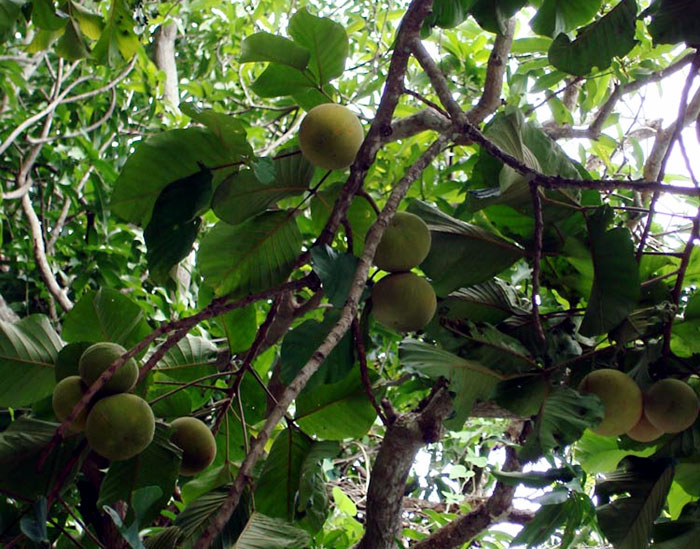
Growing and caring Mangosteen trees
The growing process of mangosteen is slow. It has a black crumbling bark with extremely bitter latex inside. The leaves of the plant are dark green, short-stalked, glossy, and oblong. The fruit of the plant is reddish dark purple and is often referred to as “the queen of tropical fruit”.
Wrap the seeds in pre-moistened paper towels with cold water before planting the seeds and keep them in a refrigerator. After taking out the seed from the refrigerator, soak them in water for at least a day. And, place them in the soil mixture about 30 to 40 feet apart and 1 inch deep.
Great care must be practiced while harvesting the fruits and make sure that the fruits are matured at the harvest time.
The purple mangosteen starts bearing fruit from about 5 to 9 years and you will know the fruit is ripe when it is round in shape and has 4 to 8 triangle rosettes on top.
Sunlight
The plant enjoys direct and filtered sunlight, so place the plant in a partially shaded spot that receives 5 to 6 hours of direct sunlight daily. The fully grown trees can withstand direct sunlight, but the younger plants may not be able to survive it. So, it should be kept in a partially shaded spot.
Soil
Clay soil with equal parts of sand and silt is best for your mangosteen plant, and it will grow even better in soil with a slightly acidic pH. Prepare the soil mixture for your plant before planting the seeds and allow the soil to naturally weather.
The plant does not prefer sandy alluvial soil, limestone soils, or sandy soil low in humus. They prefer fertile, deep well-drained soil rich in organic matter.
Watering
Water the mangosteen as soon as they are planted and sustain during the times when rainfall is not sufficient in order to keep the moisture level of the soil high. In the initial stage of the plant, water it regularly for healthy growth. The young mangosteen requires consistent watering to keep the soil moist. The plant cannot survive in standing water and may die, so make sure not to overwater the plant. Fully grown mangosteen does not require much watering and care as compared to younger ones.
Temperature and humidity
The plant requires warm weather situations like tropical or subtropical climate. The ideal temperature condition for your garcinia mangostana is 20 to 30 degrees Celsius. Any temperature level below 20 degrees Celsius will slow down the growing process of the plant.
Garcinia mangostana thrives best in humid and warm conditions. It enjoys a high humidity level of over 80%. In order to survive well, the plant needs high humidity and good rainfall.
Fertilizer
Mangosteen responds well to manure and application of a nitrogenous fertilizer can speed up the vegetative development of your mangosteen plant. You should feed your mangosteen plant with a 20-20-20 or 20-15-20 fertilizer once every 4 to 5 months. And, continue feeding the plant for 3 to 4 years. You can add manure to the soil too to keep the plant healthy. Gradually increase the amount of fertilizer every year as the tree matures bigger and production of fruits increases. Once the tree has properly established itself, it does not require feeding anymore.
Pests and diseases
Garcinia mangostana plant should be sprayed two to four times a year with common fungicides for the reason that the mangosteen plant is subject to several pests like mites, mealy bugs, aphids, and fructifier ants. Tussock caterpillars feed on the leaves which causes yellowing of the leaves in patches, thus impairing plant growth. Sooty molds are occasionally found covering the leaves. So, preventive methods should be taken in order to protect the mangosteen plant.
Read also:
How to grow Peace lily plant. How to grow organic cucumber at home. 10 root vegetables easy to grow. Bay leaf plant growing guide. Grapefruit tree growing and care tips. Boston fern growing guide. Growing Cinneraria flower plant. Spring Onions growing tips. 10 Types of Indoor Cactus.

